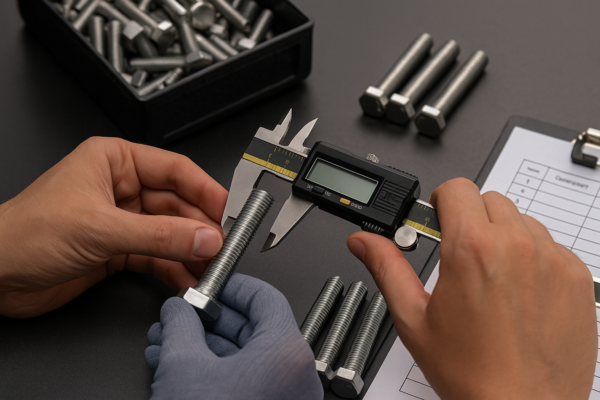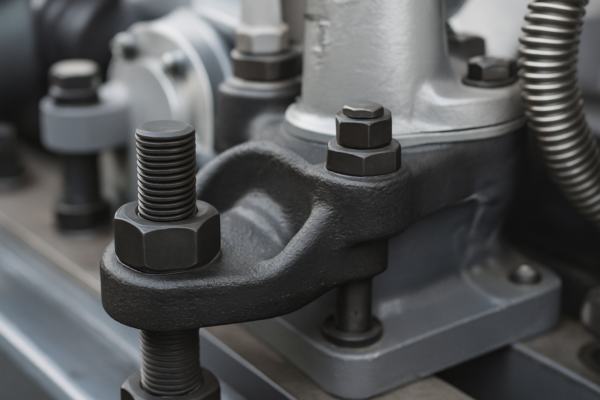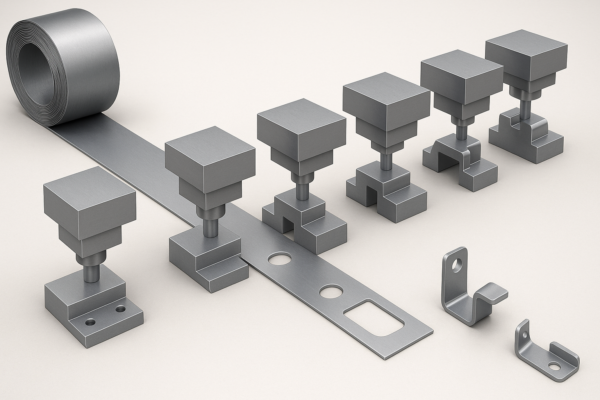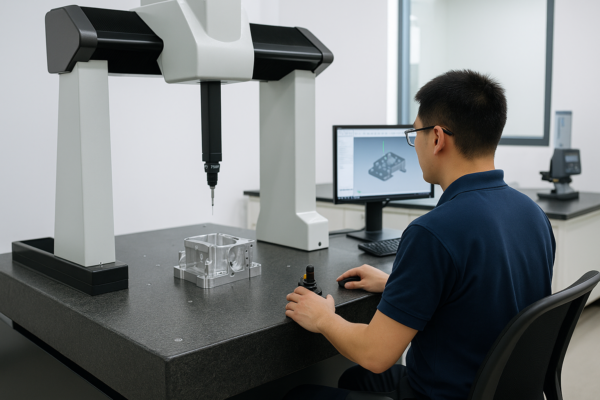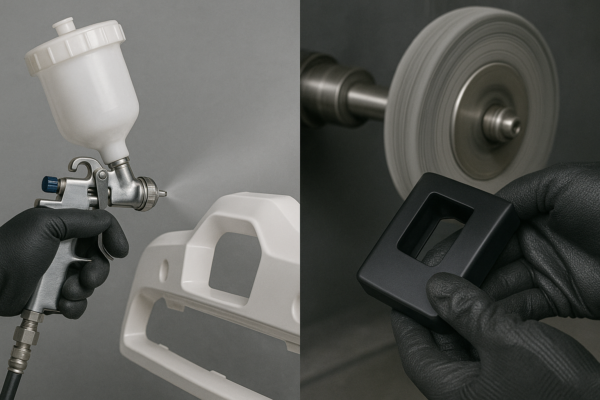What is Fullering in Forging?
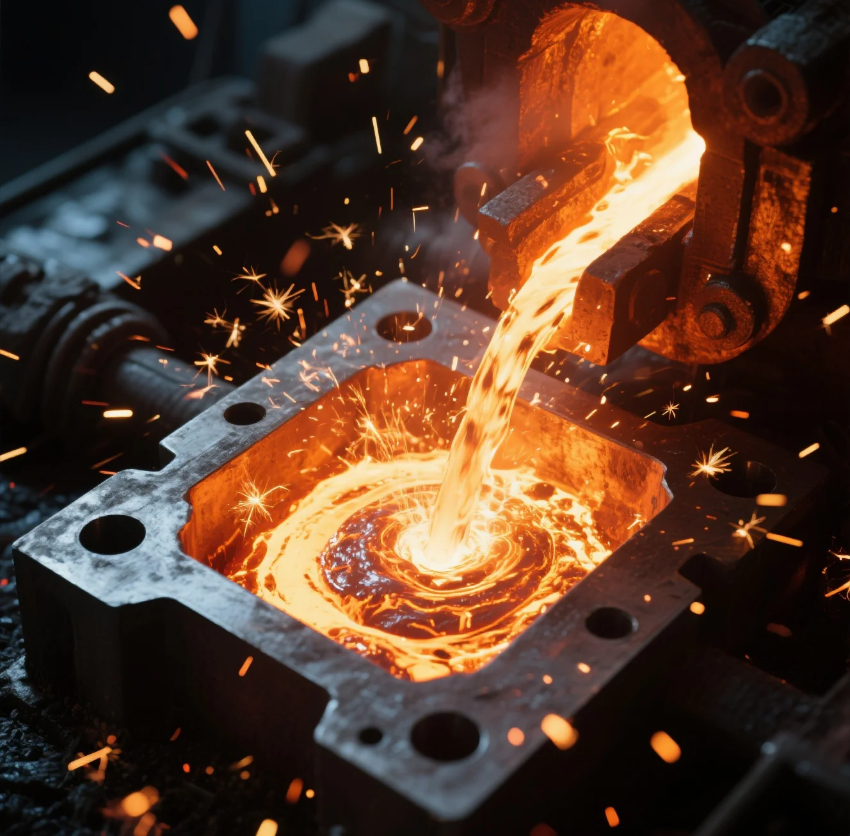
In forging, fullering is an important technique used to shape and refine metal. It is a process commonly employed in blacksmithing to narrow or groove a piece of metal, making it easier to form and manipulate. Fullering plays a significant role in ensuring that the metal is prepared correctly for the next steps in the forging process. Let’s explore fullering in detail and how it contributes to the overall forging technique.
Snippet paragraph: Fullering is a technique in forging used to narrow or groove metal, making it easier to shape and manipulate in subsequent steps.
In this article, we will discuss the fullering process, its purpose, and how fullering tools are used in blacksmithing.
What is the Fullering Process of Forging?
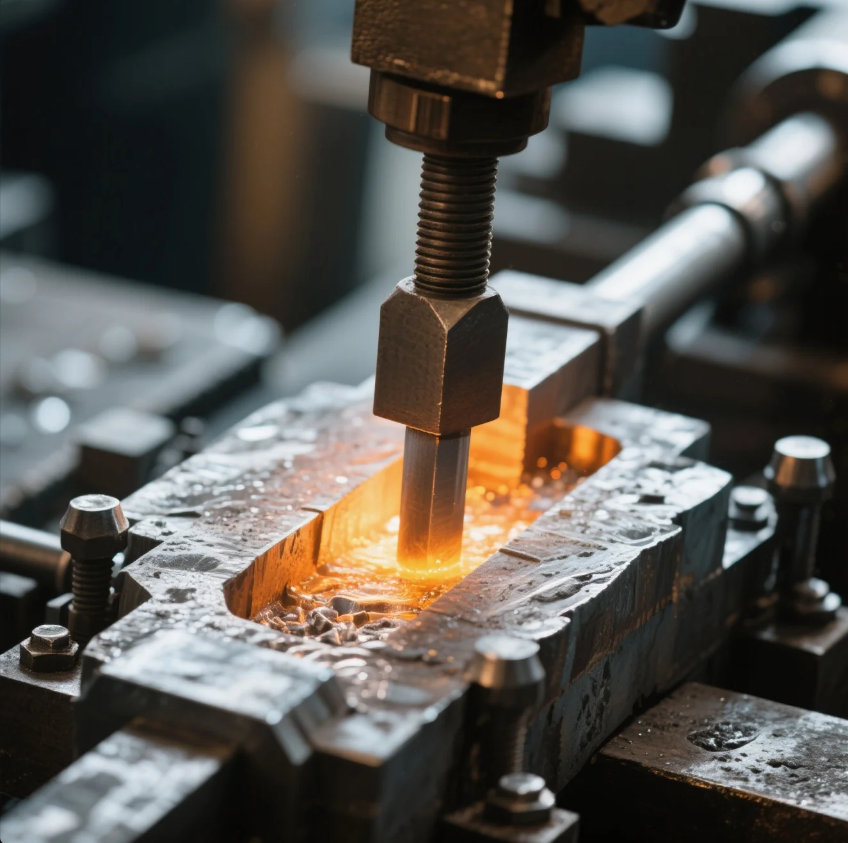
The fullering process in forging involves the use of a tool known as a fuller to create a groove or a narrower section in a piece of metal. This technique is often used to direct the flow of material during the forging process, allowing the blacksmith or forger to control the thickness and shape of the workpiece.
Steps in the Fullering Process:
- Heating the Metal: The metal is heated to a specific temperature to make it malleable.
- Positioning the Metal: The workpiece is placed on the anvil or die, with the area to be narrowed positioned over the fuller tool.
- Hammering the Fuller: Using a hammer, the blacksmith strikes the fuller tool to create a groove or indentation in the metal.
- Shaping the Metal: The groove helps to concentrate material in specific areas, allowing the metal to be shaped more precisely during later stages of forging.
Fullering is often used in the early stages of forging to prepare a piece for additional shaping, such as drawing out or bending.
What is Meant by Fullering?
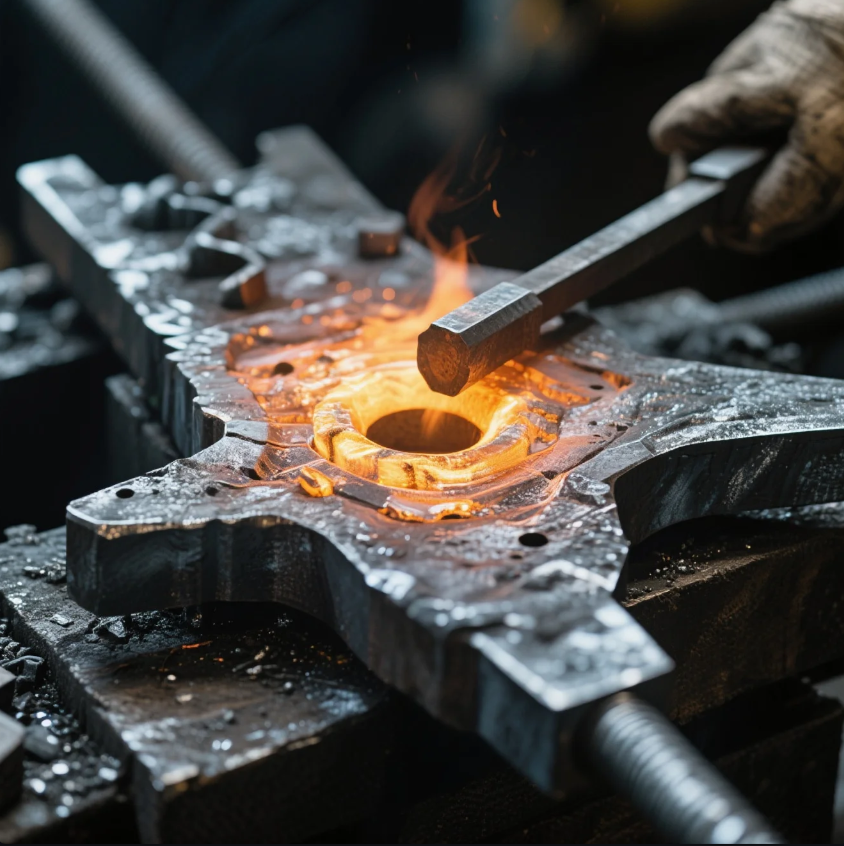
Fullering refers to the process of creating a groove, indentation, or narrowing in a piece of metal during forging. This technique is useful for controlling material flow and refining the shape of the workpiece. The groove created by fullering helps focus the material in a specific area, allowing for more accurate shaping as the forging process continues.
Key Points of Fullering:
- Material Control: Fullering helps control the flow of material, allowing the blacksmith to create shapes with precise dimensions.
- Preparation for Other Forging Processes: Fullering is often a preparatory step before other processes, like drawing out or bending.
- Strengthening the Workpiece: By narrowing the metal in specific areas, fullering can also add strength and stability to the final part.
Fullering is essential for achieving a smooth, controlled shape in a forging project, especially when working with materials that need to be manipulated into complex forms.
What is a Fuller in Blacksmithing?
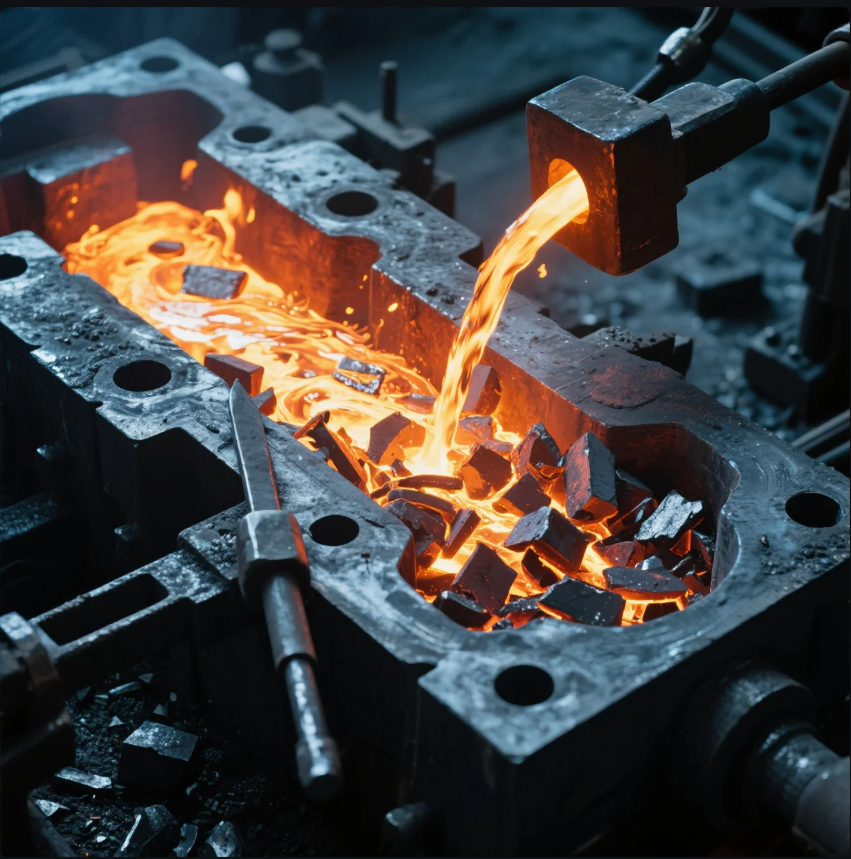
In blacksmithing, a fuller is a tool used to create grooves or narrow sections in a piece of metal. The fuller tool has a rounded or slightly concave shape that, when struck with a hammer, presses into the metal, creating a channel or indentation. This tool is vital for directing the flow of material and preparing metal for more complex shaping.
Types of Fullers:
- Hand Fullers: These are smaller, handheld tools used for precision work in blacksmithing.
- Power Hammer Fullers: Larger fullers are often used with power hammers to create grooves in larger pieces of metal.
- Flat and V-shaped Fullers: Different fuller shapes are used depending on the type of groove needed for the workpiece.
Fullers are essential for controlling the thickness of the metal and ensuring that the material flows where it is needed.
What is a Fullering Impression?
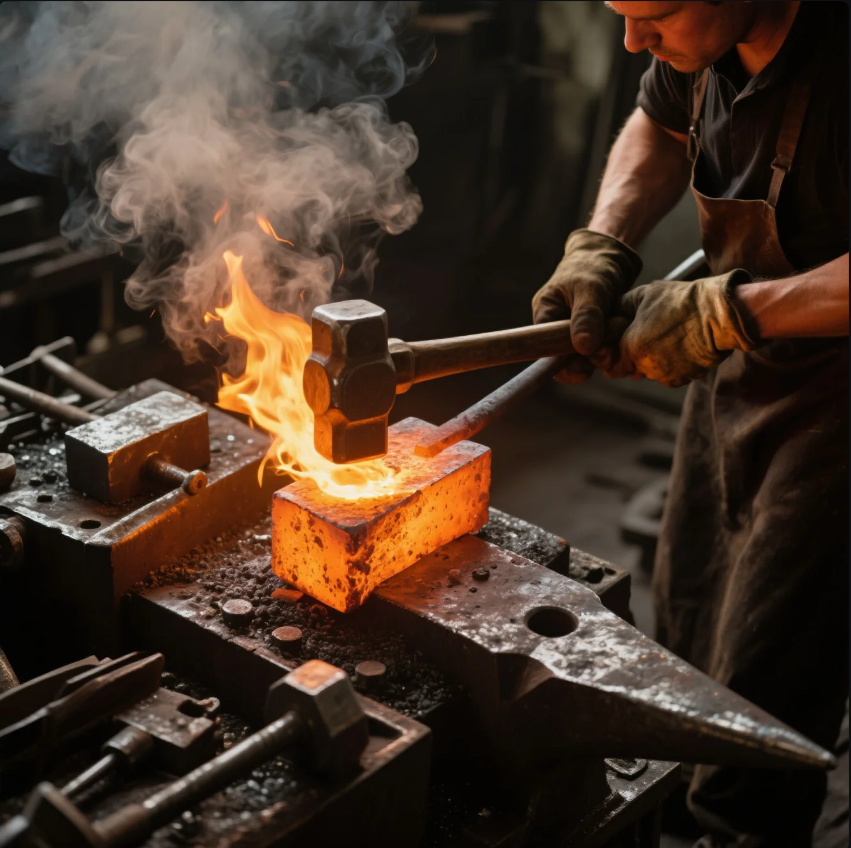
A fullering impression refers to the mark or groove left in the metal by the fuller tool during the forging process. This impression is a key feature in fullering, as it helps shape the metal by creating a channel that directs the flow of material. The depth and width of the fullering impression depend on the type of fuller used and the force applied during forging.
Importance of Fullering Impressions:
- Shape Control: The fullering impression is a critical step in controlling the shape and size of the workpiece.
- Guiding Material Flow: The impression guides the material, ensuring it is shaped in a controlled manner as it is worked further.
- Aesthetic and Functional: Fullering impressions can also add visual character to a piece and improve the part’s functional properties by reinforcing specific areas.
A well-executed fullering impression ensures that the forging process progresses smoothly and that the final product meets the desired specifications.
Conclusion
Fullering is an essential technique in the forging process that helps control the flow of material and shapes metal with precision. By using a fuller tool to create grooves or narrowing sections, blacksmiths and forgers can prepare the material for more complex shaping and ensure the strength and durability of the final product. Whether you’re working with small or large metal components, fullering plays a crucial role in achieving high-quality results. For expert advice and quality forged parts, contact Prime today for a consultation and custom quote.

